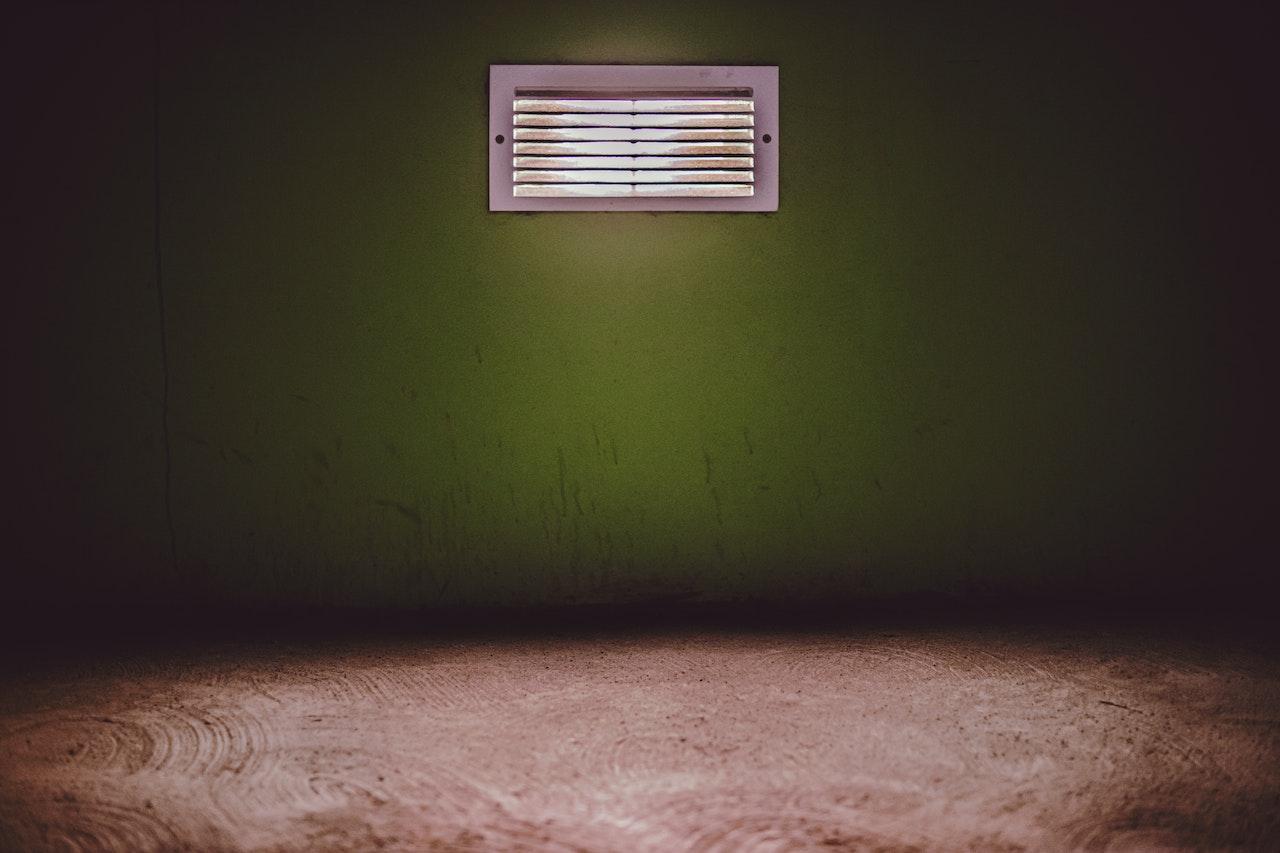Table of Contents
A house should be dry, warm, and feel like home. That gives you a safe and healthy place to come home to and relax. However, for some people, this isn’t an option. Instead of feeling clean and dry, it feels and smells damp or mold.
Damp causes mold as it creates the perfect environment for mold and pests to grow in. Unfortunately, mold can cause a variety of health issues and pests can be seriously detrimental to your property.
In short, you’re going to want to get rid of the dampness as soon as possible. The main causes of dampness in your home are:
Leaks
Many houses have plumbing that runs inside the walls; that makes it possible for pipes to leak without you noticing. The result is damp patches, often in the lowest point of the house. That means under the floor.
Take a water meter reading and then avoid using your water for a couple of hours. Take another reading and, if the reading has changed, you have a water leak.
Rising damp
The earth contains moisture, as does the air. When this is under your house and it comes into contact with the underside of your ground floor it can cause condensation. This makes the wood wet and moisture can rise up through the floors and walls. Your property should have a dampproof layer that would stop the moisture from rising through the walls. But, it won’t stop the moisture from building up under your floorboards and slowly causing them to rot.
Understanding sub floor ventilation
If you’re contemplating subfloor ventilation it’s a good idea to get the experts to do it for you. They will ensure your home has the best system possible.
A subfloor ventilation system is designed to encourage air flow through the space under your floor. This ensures a steady flow of cool air. Colder air is less capable of holding moisture than warm air. If the air doesn’t move under your floor then it will get warmer and hold more moisture. The moisture in the air comes into contact with the floor and becomes damp, allowing mold to grow and rot to start.
By extracting the warm air and allowing cool air under the floor the risk of dampness is greatly reduced.
Subfloor ventilation systems need two openings under your floor. The first allows air in and the second allows it to escape. This reduces the temperature and therefore moisture content of the air.
It’s possible to ventilate with two simple holes, generally lined up, that allow the wind to blow straight through. However, the preferred option is to add a fan to one of the openings. It can push air in or pull it out, the result is the same, warm air is replaced with cool air.
A fan is a good idea as it can be set to run overnight, when the air is cooler, giving you the best possible ventilation and protecting your home.




